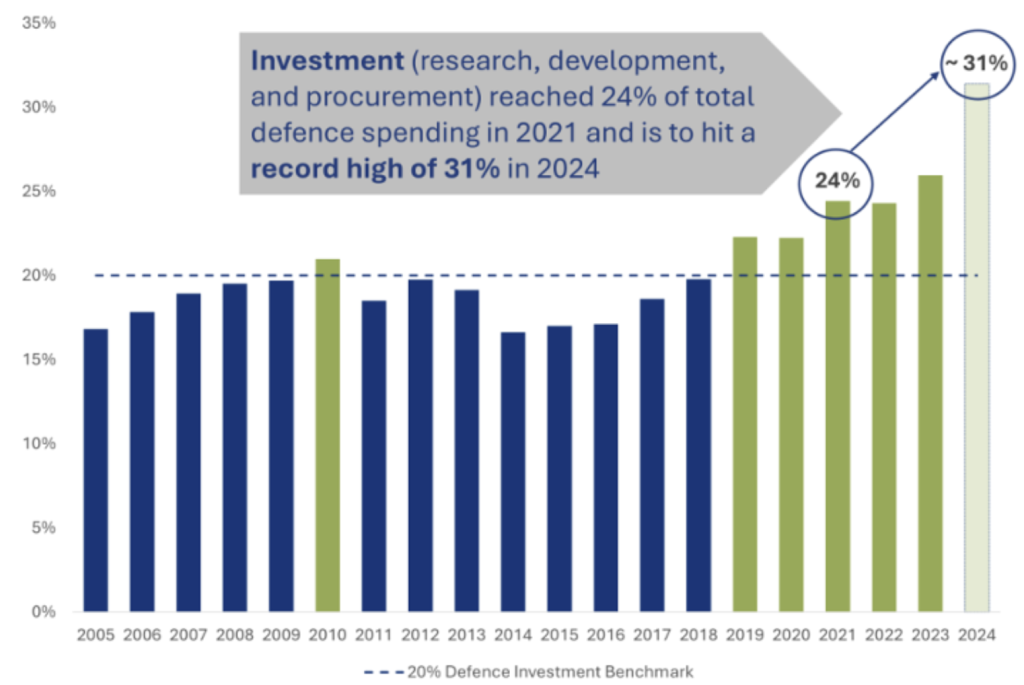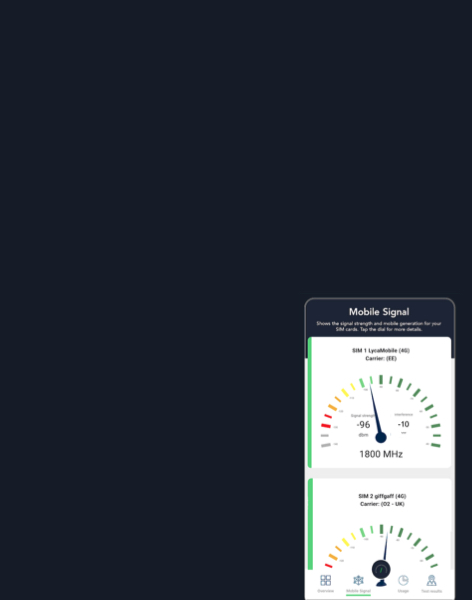New dossier on spectrum for defence
Our new dossier includes research on development in defence needs for spectrum, on the global increase of GNSS interference and the latest regulatory frameworks for drones.
Geopolitical tensions across the world have increased significantly in recent years. This research dossier focuses on three key aspects of how these tensions are shaping spectrum regulation:
- Spectrum needs for defence
- GNSS (global navigation satellite system) interference issues
- Regulation concerning unmanned aircraft systems
With conflict on Europe’s eastern border and war in the Middle East, NATO member states are committing to significant increases in investment in the defence sector. Digital warfare is rapidly advancing, leading to increasing spectrum demand. NATO has singled out the UHF bands, 7-8 GHz and mmWave frequencies as bands they’re interested in for future military use. These spectrum needs are bound to clash with mobile needs at WRC-27The World Radiocommunication Conference (W…. This research analyses these developments and several key 5G projects NATO is working on at the moment.

With increasing demand for spectrum, both on the military and civil side, spectrum sharing with the defence sector is increasingly more attractive. Civil/defence spectrum sharing started in 2020, in the US, when the regulator launched the Citizens Broadband Radio Service (CBRS) in the 3.5 GHz band. Using a spectrum access sharing system, the US Navy radar can work alongside commercial users. Our research note on sharing explores why this is still a complex task and why the system has only been adopted in the US.
Just a couple of weeks ago, a plane carrying European Commission president Ursula Von der Leyen fell victim to a suspected jamming attack. A wide range of spectrum-related issues has emerged from geopolitical instability. Most recently, Qatar experienced a technical malfunction in its GPS, which resulted in the suspension of maritime navigation in Qatari waters for more than 48 hours. Our GNSS research analyses data and the consequences of spoofing and jamming while considering the efforts of international bodies to mitigate this interference.
Increasing reliance on GNSS is opening the debate on how resilient these systems actually are. Our research on mitigating GNSS interference also looks at possible solutions, including CRPA antennas and an Enhanced Long-Range Navigation (E-Loran) system, a ground-based radio navigation system that provides positioning, navigation, and timing (PNT) services, explained by Logan Scott, a GNSS expert.
Unmanned aircraft systems (UAS) are now pivotal in both civilian and military operations, from surveillance and logistics to direct engagement on the battlefield. Geopolitical tensions have accelerated the adoption of drones by militaries worldwide, driving demand for secure spectrum allocations and robust regulatory frameworks. The dossier also includes updated research on the regulatory framework and spectrum needs of the growing drone industry.
The defence dossier is now available to PolicyTracker Spectrum Research Service subscribers.
